Arrangement and calculation of reinforcement in a strip foundation
The strip foundation has a non-standard geometry: its length is tens of times greater than its depth and width. Due to this design, almost all loads are distributed along the belt. Concrete stone alone cannot compensate for these loads: its bending strength is insufficient. To give the structure increased strength, not just concrete is used, but reinforced concrete is a concrete stone with steel elements located inside - steel reinforcement. The process of laying the metal is called strip foundation reinforcement. It is not difficult to make it with your own hands, the calculation is elementary, the schemes are known.
The number, location, diameters and grade of reinforcement - all this should be spelled out in the project. These parameters depend on many factors: both on the geological situation on the site, and on the mass of the building being erected. If you want to have a guaranteed solid foundation, a project is required. On the other hand, if you are building a small building, you can try, based on general recommendations, to do everything yourself, including designing a reinforcement scheme.
The content of the article
Reinforcement scheme
The location of the reinforcement in the strip foundation in the cross section is a rectangle. And there is a simple explanation for this: this scheme works best.
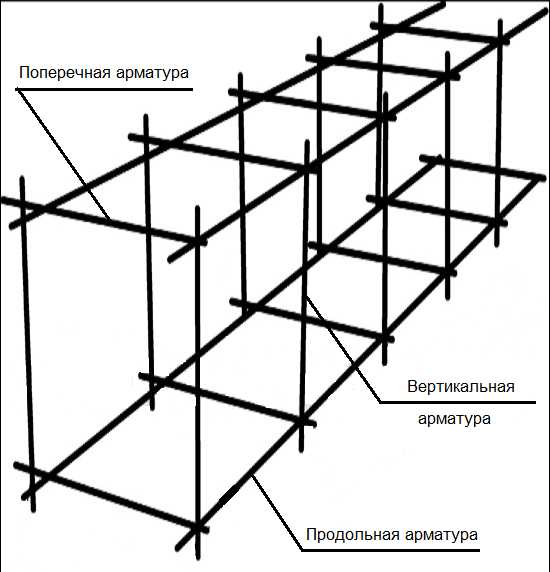
Reinforcement of the strip foundation with a belt height of no more than 60-70 cm
Two main forces act on the strip foundation: from below, in frost, heaving forces press, from above - the load from the house. In this case, the middle of the belt is hardly loaded. To compensate for the action of these two forces, two belts of working reinforcement are usually made: above and below. For shallow and medium-deep foundations (up to 100 cm deep), this is sufficient. For deep belts, 3 belts are required: too high a height requires reinforcement.
You can read about the depth of the foundation here.
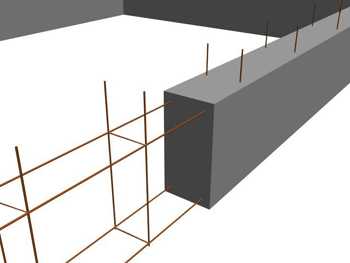
For most strip foundations, the reinforcement looks like this
In order for the working fittings to be in the right place, they are fixed in a certain way. And they do it with thinner steel rods. They do not participate in the work, they only hold the working reinforcement in a certain position - they create a structure, which is why this type of reinforcement is called structural.
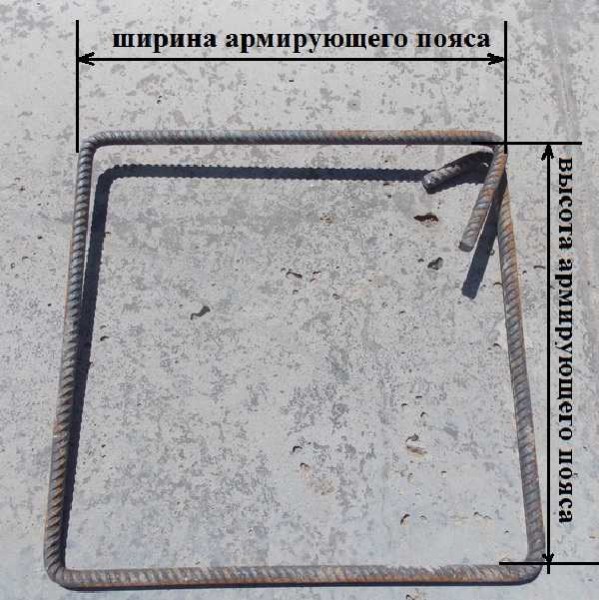
To speed up work when knitting a reinforcing belt, clamps are used
As can be seen in the strip foundation reinforcement diagram, the longitudinal reinforcement bars (working) are tied with horizontal and vertical supports. Often they are made in the form of a closed loop - a clamp. It is easier and faster to work with them, and the design is more reliable.
What kind of fittings are needed
For the strip foundation, two types of rod are used. For longitudinal ones that carry the main load, class AII or AIII is required. Moreover, the profile is necessarily ribbed: it adheres better to concrete and transfers the load normally. For structural lintels, they take cheaper reinforcement: smooth first class AI, 6-8 mm thick.
Recently, fiberglass fittings have appeared on the market. According to manufacturers' assurances, it has better strength characteristics and is more durable. But many designers do not recommend using it in the foundations of residential buildings. According to the standards, it must be reinforced concrete.The characteristics of this material have long been known and calculated, special reinforcement profiles have been developed, which contribute to the fact that metal and concrete are combined into a single monolithic structure.
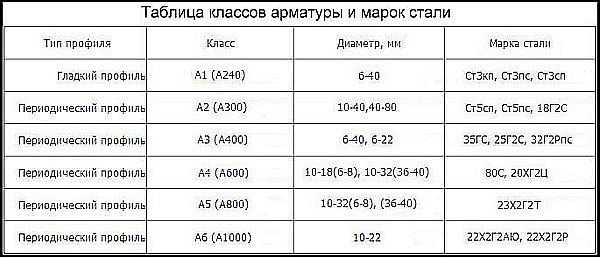
Rebar classes and diameters
How concrete will behave in a pair with fiberglass, how strongly such reinforcement will adhere to concrete, how successfully this pair will resist loads - all this is unknown and has not been studied. If you want to experiment, please use fiberglass. No - take iron fittings.
Diy calculation of the strip foundation reinforcement
Any construction work is standardized by GOST or SNiP. Reinforcement is no exception. It is regulated by SNiP 52-01-2003 "Concrete and reinforced concrete structures". This document specifies the minimum amount of required reinforcement: it must be at least 0.1% of the cross-sectional area of the foundation.
Determination of reinforcement thickness
Since the strip foundation in the section has the shape of a rectangle, the sectional area is found by multiplying the lengths of its sides. If the tape is 80 cm deep and 30 cm wide, then the area will be 80 cm * 30 cm = 2400 cm2.
Now you need to find the total area of the reinforcement. According to SNiP, it must be at least 0.1%. For this example, this is 2.8 cm2... Now, by the selection method, we determine the diameter of the rods and their number.
For example, we are planning to use reinforcement with a diameter of 12 mm. Its cross-sectional area is 1.13 cm2 (calculated by the formula for the area of a circle). Turns out to provide recommendations (2.8 cm2) we need three rods (or they also say "threads"), since two are clearly not enough: 1.13 * 3 = 3.39 cm2, which is more than 2.8 cm2, which SNiP recommends. But three threads cannot be divided into two belts, and the load will be significant on both sides. Therefore, they lay four, laying a solid margin of safety.
In order not to bury extra money in the ground, you can try to reduce the diameter of the reinforcement: calculate under 10 mm. The area of this bar is 0.79 cm2... If we multiply by 4 (the minimum number of bars of working reinforcement for the strip frame), we get 3.16 cm2, which is also enough with a margin. So for this variant of the strip foundation, you can use class II ribbed reinforcement with a diameter of 10 mm.
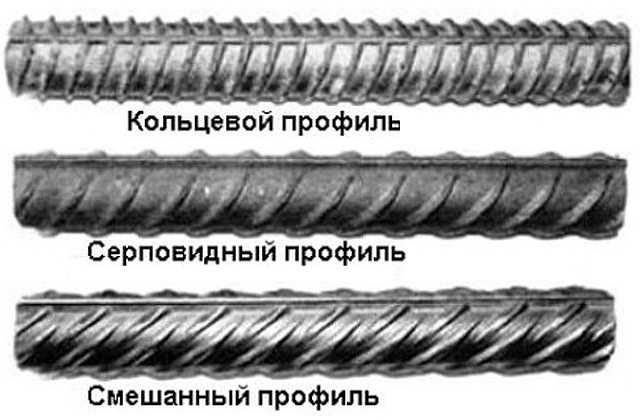
Reinforcement of the strip foundation for a cottage is carried out using rods with a different type of profile
We figured out how to calculate the thickness of the longitudinal reinforcement for the strip foundation, you need to determine with what step to install the vertical and horizontal jumpers.
Installation step
There are also methods and formulas for all these parameters. But for small buildings it is easier. According to the recommendations of the standard, the distance between horizontal branches should not be more than 40 cm. They are guided by this parameter.
How to determine at what distance to lay the reinforcement? To prevent the steel from corroding, it must be in the concrete. The minimum distance from the edge is 5 cm. Based on this, the distance between the bars is calculated: both vertically and horizontally, it is 10 cm less than the dimensions of the tape. If the width of the foundation is 45 cm, it turns out that there will be a distance of 35 cm between the two threads (45 cm - 10 cm = 35 cm), which corresponds to the standard (less than 40 cm).
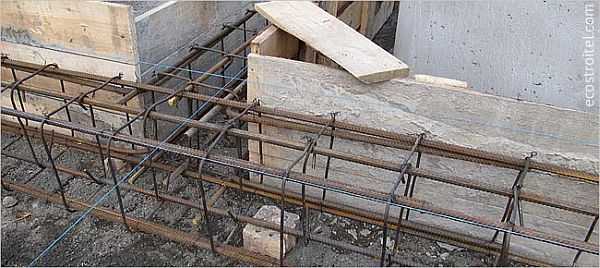
The step of reinforcement of the strip foundation is the distance between two longitudinal bars
If our tape is 80 * 30 cm, then the longitudinal reinforcement is located at a distance of 20 cm from each other (30 cm - 10 cm). Since foundations of an average foundation (up to 80 cm high) require two reinforcement belts, one belt from the other is located at a height of 70 cm (80 cm - 10 cm).
Now about how often to put jumpers. This standard is also in SNiP: the step of installing vertical and horizontal dressings should be no more than 300 mm.
All. The reinforcement of the strip foundation was calculated with their own hands.But keep in mind that neither the mass of the house, nor the geological conditions were taken into account. We based on the fact that these parameters were based on sizing tape.
Reinforcement of corners
In the construction of the strip foundation, the weakest point is the corners and abutment of the walls. In these places, loads from different walls are connected. In order for them to be successfully redistributed, it is necessary to properly tie the reinforcement. Just connecting it is wrong: this method will not transfer the load. As a result, after some time, cracks will appear in the strip foundation.
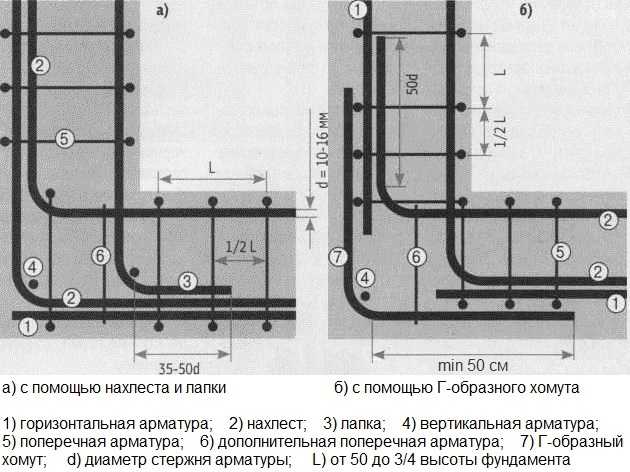
The correct scheme of corner reinforcement: either bends are used - L-shaped clamps, or longitudinal threads are made 60-70 cm longer and bent around the corner
To avoid such a situation, when reinforcing the corners, special schemes are used: the bar is bent from one side to the other. This "overlap" should be at least 60-70 cm. If the length of the longitudinal bar for the bend is not enough, use L-shaped clamps with sides of at least 60-70 cm. Diagrams of their location and reinforcement fastening are shown in the photo below.
By the same principle, the adjoining walls are reinforced. It is also advisable to take the reinforcement with a margin and bend it. It is also possible to use L-shaped clamps.
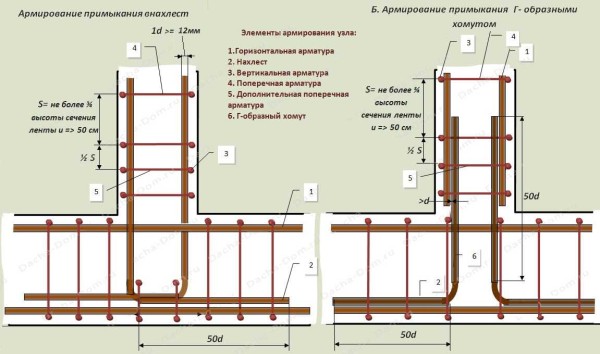
Scheme of reinforcement of the abutment of the walls in the strip foundation (to enlarge the picture, right-click on it)
Please note: in both cases, in the corners, the pitch of the transverse jumpers is reduced by half. In these places, they already become workers - they participate in the redistribution of the load.
Reinforcement of the strip foundation sole
On soils with a not very high bearing capacity, on heaving soils or under heavy houses, often strip foundations are made with a sole. It transfers the load over a large area, which gives more stability to the foundation and reduces the amount of subsidence.
To prevent the sole from falling apart from pressure, it also needs to be reinforced. The figure shows two options: one and two chords of longitudinal reinforcement. If the soil is complex, with a strong tendency to winter baking, then two belts can be laid. For normal and medium-rich soils, one is enough.
The reinforcement rods laid in length are working. They, as well as for the tape, take the second or third class. They are located at a distance of 200-300 mm from each other. They are connected using short bar lengths.

Two ways of reinforcing the base of a strip foundation: on the left for bases with normal bearing capacity, on the right - for not very reliable soils
If the sole is not wide (rigid pattern), then the transverse sections are constructive and do not participate in load distribution. Then they are made with a diameter of 6-8 mm, bent at the ends so that they cover the extreme rods. Tied to everyone with a knitting wire.
If the sole is wide (flexible pattern), the transverse reinforcement in the sole is also working. She resists attempts by the soil to "collapse" her. Therefore, in this version of the sole, ribbed reinforcement of the same diameter and class as the longitudinal one is used.
How much rod is needed
Having developed a strip foundation reinforcement scheme, you know how many longitudinal elements you need. They fit around the entire perimeter and under the walls. The length of the tape will be the length of one reinforcement bar. Multiplying it by the number of threads, you get the required length of the working reinforcement. Then add 20% to the resulting figure - a margin for joints and overlaps. That is how much in meters you will need working fittings.
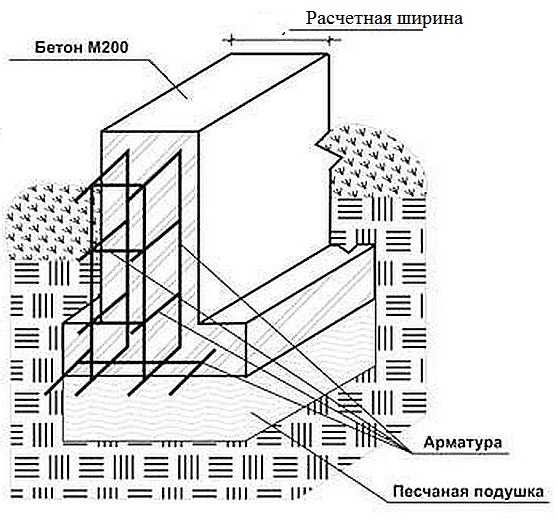
You count according to the scheme how many longitudinal threads, then you calculate how many constructive bars are needed
Now you need to calculate the number of structural reinforcement. Consider how many transverse jumpers should be: divide the length of the tape by the installation step (300 mm or 0.3 m, if you follow the recommendations of SNiP). Then you calculate how much it takes to make one lintel (add the width of the reinforcing cage with the height and double it).The resulting figure is multiplied by the number of jumpers. You also add 20% to the result (for connections). This will be the number of structural reinforcement to reinforce the strip footing.
By a similar principle, consider the amount that is needed to reinforce the sole. Putting it all together, you will find out how much reinforcement is needed for the foundation.
You can read about choosing a concrete grade for a foundation here.
Reinforcement assembly technologies for strip foundations
Do-it-yourself strip foundation reinforcement begins after installation formwork... There are two options:
- The entire frame is assembled directly in a pit or trench. If the belt is narrow and high, it is inconvenient to work.
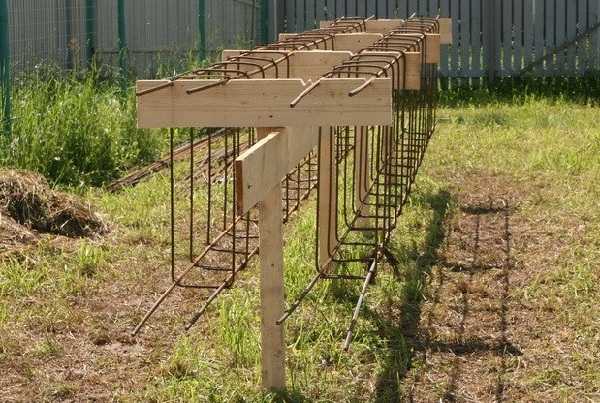
The reinforcing belt can be knitted separately, and then installed in the formwork and tied into a single whole already in place
As you can see, the reinforcement of the strip foundation is a long and not the easiest process. But you can cope even alone, without helpers. It will take, however, a lot of time. It is more convenient to work together or three together: to carry the rods and to display them.

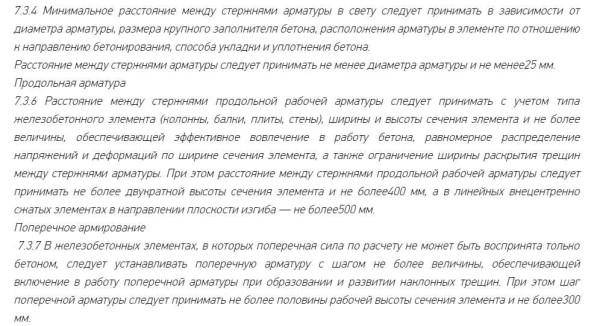
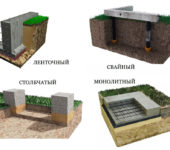
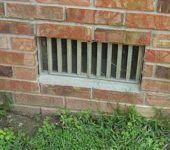
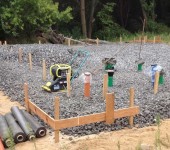
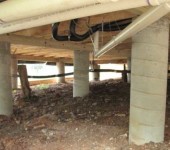
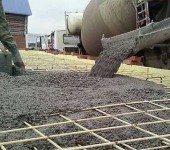





I am very grateful to the creators of the site. Everything is presented very easily. THANK YOU!
Great presentation. All is clear, thank you!
Thanks It's nice ))
I join the words of gratitude!
Hello. One question: how to connect separately prepared sections of the frame in a trench, because it is impossible to get to the bottom row. We have a foundation of 40 by 150 and a trench no more than 60 wide.
No, bandaging such pieces according to SNIP is impossible.